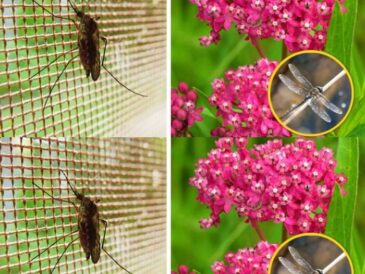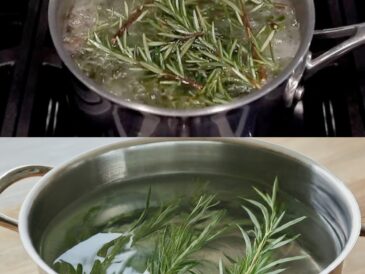Step-by-Step Guide
1. Preparing the Tubes
- Cutting the Tubes: Depending on your space and preference, cut the tubes to the desired length. Common lengths range from 3 to 6 feet.
- Drilling Holes: Using a hole saw or drill, create planting holes along the length of the tube. Space the holes about 6 inches apart in a staggered pattern to ensure each plant has enough room to grow. The size of the holes should be large enough to accommodate the root ball of the strawberry plants.
2. Setting Up the Tubes
- Positioning: Place the tubes vertically or slightly angled against a wall, fence, or custom support structure. Ensure they are stable and secure, as the tubes will become heavier once filled with soil and plants.
- Support: If necessary, use brackets, ties, or other support mechanisms to hold the tubes in place. Make sure the support structure is strong enough to bear the weight of the tubes, soil, and plants.
3. Filling the Tubes
- Adding Soil: Fill the tubes with a high-quality potting mix. Avoid using garden soil, as it may not drain well and can harbor pests and diseases. Consider mixing in some slow-release fertilizer to provide nutrients over time.
- Watering: Water the soil thoroughly before planting to ensure it settles properly. This also helps to moisten the soil evenly.
4. Planting the Strawberries
- Choosing Plants: Select healthy strawberry plants. Bare-root plants are economical and easy to plant, while potted plants can provide a quicker start.
- Planting: Carefully insert the strawberry plants into the pre-drilled holes. Make sure the roots are covered with soil, but the crown (the point where the stem meets the roots) remains above the soil level. Gently press the soil around the roots to eliminate air pockets.
5. Care and Maintenance
- Watering: Strawberries need consistent moisture, especially in a vertical system where the soil can dry out quickly. Consider installing a drip irrigation system or water the plants regularly with a watering can. Be mindful not to overwater, as strawberries do not thrive in soggy soil.
- Fertilizing: Fertilize the plants with a balanced fertilizer or one specifically designed for strawberries. Follow the recommended application rates and schedule.
- Pruning and Training: Remove runners (long stems that grow from the main plant and produce new plants) to focus energy on fruit production. However, if you want to propagate more plants, allow some runners to root in the holes or transplant them elsewhere.
- Pest and Disease Control: Monitor the plants for signs of pests and diseases. Common issues include aphids, spider mites, and fungal infections. Use organic or chemical controls as needed, and maintain good air circulation to prevent mold and mildew.
6. Harvesting
- Timing: Strawberries are typically ready to harvest 4-6 weeks after flowering. Harvest when the berries are fully red and ripe, as they do not ripen further after picking.
- Method: Gently twist or snip the strawberries off the plant, being careful not to damage the fruit or plant.
Tips for Success
TO CONTINUE READING PLEASE SEE NEXT PAGE




